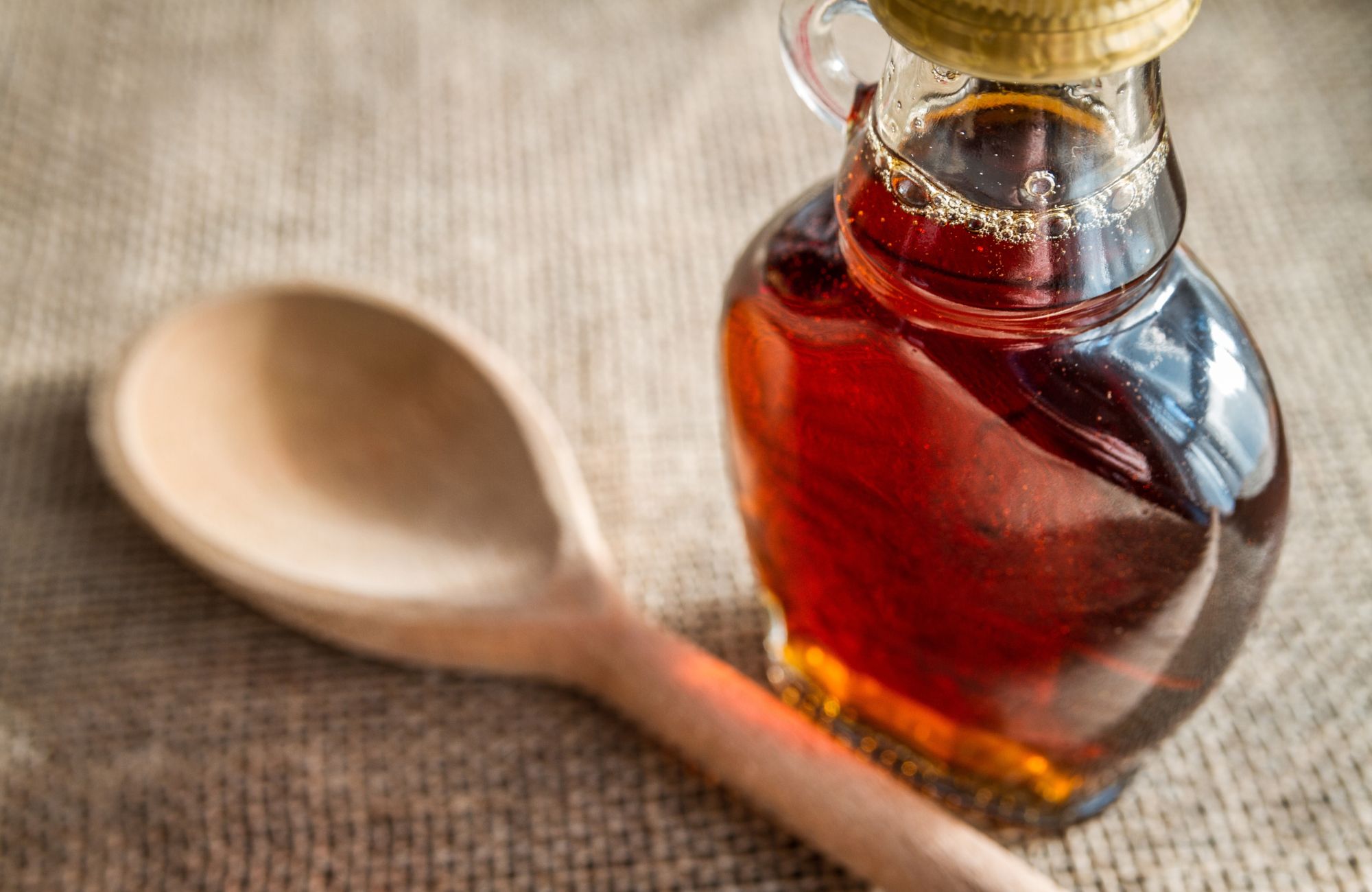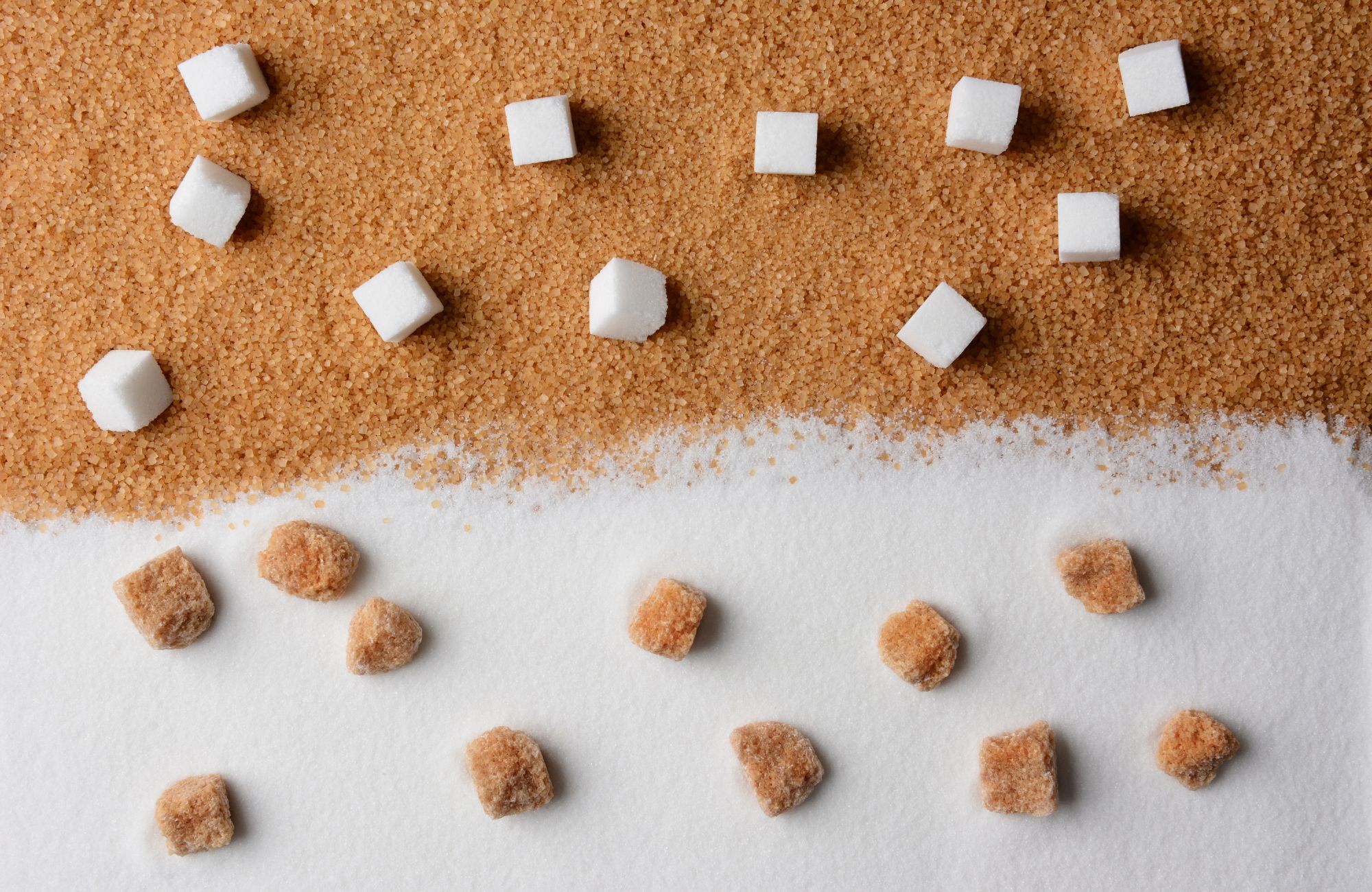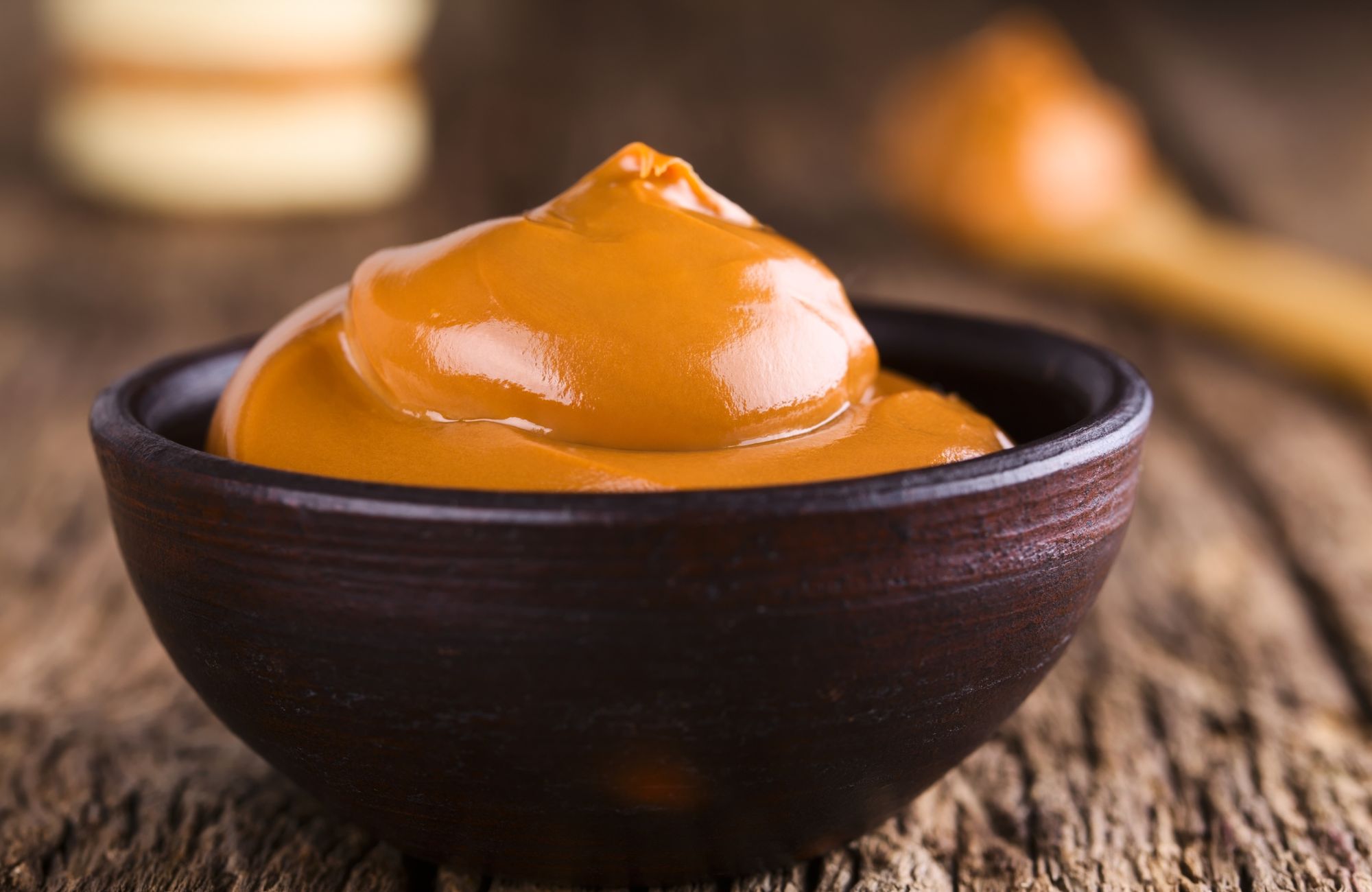
What Is Demerara Syrup? The Sweetener You Should Know About
If you’ve ever browsed a craft cocktail menu or visited a specialty coffee shop, you may have noticed “demerara syrup” listed as an ingredient. This amber-colored liquid sweetener has become increasingly popular among mixologists and baristas alike, but what exactly is demerara syrup, and why is it worth adding to your pantry? In this comprehensive guide, we’ll explore everything you need to know about this rich, flavorful sweetener that’s elevating drinks and desserts worldwide.
The Origins and History of Demerara
Demerara syrup begins with demerara sugar, a partially refined cane sugar named after the Demerara region in Guyana, South America, where it was originally produced. Though the name has stuck, most demerara sugar today comes from other countries, with significant production in Mauritius and Malawi.
What makes demerara sugar special is its production process. Unlike white sugar, which undergoes extensive processing to remove all molasses content, demerara sugar is less processed, allowing it to retain some of its natural molasses. This minimal processing is what gives demerara its characteristic large, crunchy amber crystals and distinctive warm flavor profile. The journey from colonial-era production to modern sourcing reflects both historical trade patterns and the growing appreciation for less refined, more characterful sweeteners in contemporary cuisine.
Sugar Refinement: From Cane to Crystal
To fully understand what makes demerara syrup unique, it helps to understand how sugar goes from plant to pantry. The process of refining sugarcane involves several steps:
- Harvesting and washing: Sugarcane stalks are cut, collected, and thoroughly cleaned.
- Crushing and extraction: The cane is crushed to extract the sweet juice from the fibrous stalks.
- Clarification: The juice undergoes chemical treatment to remove impurities and plant material.
- Evaporation: The clarified juice is heated to concentrate the sugar content by evaporating excess water.
- Crystallization: As the concentration increases, sugar crystals begin to form.
- Centrifugation: The crystals are separated from the remaining liquid (molasses) using centrifugal force.
At this stage, raw cane sugar is produced. However, further refinement determines the final type of sugar. What sets demerara apart in this process is that it is a less refined cane sugar, meaning it undergoes minimal processing compared to white sugar. The crystals are only lightly washed, preserving their natural molasses and mineral content, which contributes to demerara’s signature rich flavor and amber hue. This minimal processing is what creates demerara’s signature rich flavor and dark color.
What Makes Demerara Sugar Special?
Demerara sugar stands out with its distinctive physical and flavor characteristics:
- Appearance: Large, crunchy amber crystals with a sparkly appearance
- Texture: Coarser than regular granulated sugar with a satisfying crunch
- Flavor profile: Complex notes of caramel, toffee, and subtle hints of molasses
- Color: Golden to light brown, reflecting its molasses content
This unique combination of characteristics makes demerara sugar more than just a sweetener—it’s an ingredient that adds depth and complexity to beverages and foods. When dissolved into syrup form, these flavor compounds create a liquid sweetener that delivers far more character than a simple white sugar syrup.
Creating Perfect Demerara Syrup: Basic Recipe
At its most basic, demerara syrup is simply a mixture of demerara sugar and water. Here’s a standard recipe to get you started:
Basic Demerara Syrup (1:1 ratio)
Ingredients:
- 1 cup demerara sugar
- 1 cup water
Instructions:
- Combine sugar and water in a small saucepan over medium heat.
- Stir gently until all sugar crystals have completely dissolved.
- Remove from heat before the mixture comes to a boil.
- Let the syrup cool to room temperature.
- Transfer to a clean glass bottle or jar with an airtight lid.
- Store in the refrigerator.
This 1:1 ratio produces a syrup with a medium viscosity, perfect for cocktails and coffee drinks. For a thicker, more concentrated flavor, you can create a rich demerara syrup.
Rich Demerara Syrup Recipe (2:1 ratio)
Ingredients:
- 2 cups demerara sugar
- 1 cup water
Instructions: Follow the same process as above. This higher sugar concentration creates a thicker syrup with more pronounced flavor and less dilution in drinks.
Storage and Shelf Life
Properly stored, demerara syrup can last 3-4 weeks in the refrigerator. To maximize shelf life:
- Use a clean, airtight container (glass is preferable)
- Store in the refrigerator at all times
- Consider adding a small splash of high-proof neutral spirit (like vodka or Everclear) as a preservative
- Watch for any cloudiness, off-smells, or mold as signs of spoilage
Some mixologists use a hot-fill method to extend shelf life, heating the syrup to 194-203°F for at least 15 seconds before bottling in sterilized containers.
Where to Use Demerara Syrup
In Beverages
Demerara syrup shines brightest in drinks, where its rich, warm flavor can truly be appreciated:
Coffee
Demerara syrup shines brightest in coffee drinks, where its rich, warm flavor can truly be appreciated. It transforms everything from iced coffee (particularly cold brew) to lattes, cappuccinos, and coffee cocktails with its distinctive toffee notes.
Cocktails
In the world of mixology, demerara syrup has become essential for classic cocktails like Old Fashioned, Manhattan, Sazerac, Daiquiri, Hot Toddy, Whiskey Sour, and rum-based tiki drinks. The syrup pairs exceptionally well with aged spirits like whiskey, aged rum, and brandy, as its caramel and toffee notes complement the barrel-aged characteristics of these liquors. It can also add interesting dimensions to drinks made with clear spirits like vodka and gin, particularly in more complex cocktail recipes.
In Food
Beyond drinks, demerara syrup can enhance a variety of dishes:
- Drizzled over pancakes, waffles, or French toast
- As a glaze for baked goods
- Stirred into oatmeal or yogurt
- As a sweetener in marinades for meats
- Drizzled over vanilla ice cream
The syrup’s rich flavor makes it particularly well-suited to breakfast applications where maple syrup might traditionally be used.
Health Benefits
While demerara syrup is still a sugar-based sweetener, it does offer some minor nutritional advantages over refined white sugar. Demerara retains small amounts of minerals like calcium, magnesium, potassium, and iron due to its less processed nature. It also contains antioxidants from the natural molasses content. The more complex flavor profile means you might use less to achieve the same perception of sweetness compared to regular simple syrup. However, it’s important to remember that demerara syrup should still be consumed in moderation as part of a balanced diet, as it has a similar caloric content to other sugar syrups.
Where to Find Demerara Sugar
If you’re ready to make your own demerara syrup, you’ll first need to source the sugar. Demerara sugar can be found at:
- Most large grocery stores (check both the baking aisle and natural foods section)
- Specialty grocery retailers and gourmet shops
- Online retailers
- Natural food stores
If you’re having trouble finding it labeled specifically as “demerara,” look for “turbinado” or “Sugar in the Raw” as these are the closest substitutes and are more widely available in some regions.
Conclusion
Demerara syrup offers a simple yet effective way to elevate your drinks and dishes with its distinctive warm, toasty sweetness. This versatile sweetener has earned its place in professional bars and kitchens because it adds complexity and depth that ordinary simple syrup simply can’t match. Whether crafting cocktails, enhancing coffee, or seeking a more flavorful alternative for cooking, demerara syrup deserves a place in your culinary repertoire.
At US Sweeteners, we provide premium-quality demerara sugar perfect for creating exceptional syrups at home. Contact us today to explore our selection of professional-grade sweeteners and take your culinary creations to the next level.
FAQs
Is demerara syrup the same as simple syrup?
No, demerara syrup is not the same as simple syrup – both are made with similar water-to-sugar ratios, but demerara syrup uses partially refined demerara sugar instead of white sugar, resulting in a richer flavor profile with notes of caramel and toffee.
What is a substitute for demerara syrup?
The best substitute for demerara syrup is turbinado sugar syrup, but you could also use a light brown sugar syrup or even a simple syrup with a small amount of molasses added for flavor.
Is demerara the same as molasses?
No, demerara is a type of partially refined cane sugar that contains some natural molasses, while molasses itself is the thick, dark syrup byproduct from sugar refining.
What flavor is demerara syrup?
Demerara syrup has a distinctive warm flavor profile featuring notes of caramel, toffee, and subtle hints of molasses with a rich, complex sweetness that’s more dimensional than plain simple syrup.



Leave a Reply